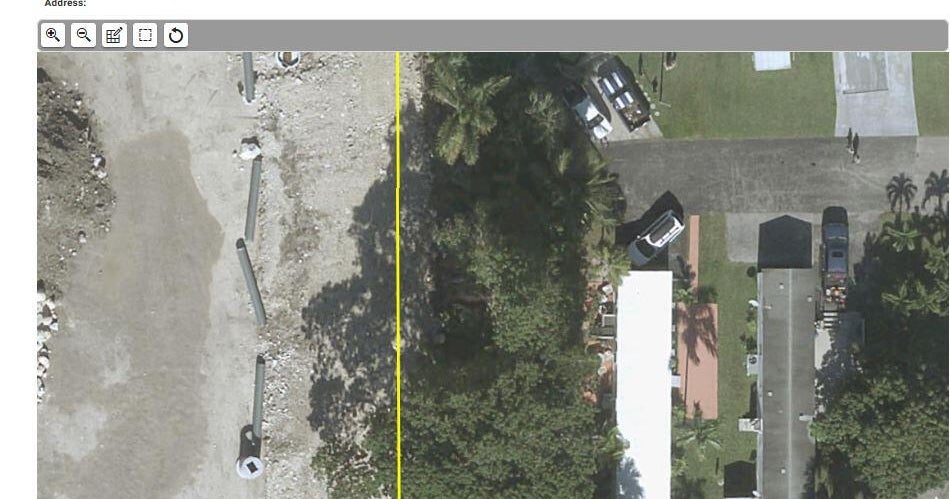NASA tries fueling moon rocket in test, but leak reoccurs
CAPE CANAVERAL - NASA's new moon rocket sprouted another fuel leak Wednesday as engineers tested the plumbing ahead of a launch attempt as early as next week.
The daylong demo had barely begun when hazardous hydrogen fuel began escaping at the same place and same time as before, despite new seals and other repairs. Engineers halted the flow and warmed the lines in hopes of plugging the leak, and proceeded with the test. But the leak persisted.
Wednesday's results will determine whether the 322-foot (98-meter) rocket is ready for its first test flight, a lunar-orbiting mission with mannequins instead of astronauts.
Hydrogen leaks spoiled the first two launch attempts, as well as earlier countdown tests. So much hydrogen escaped during the countdown earlier this month that it exceeded NASA's limit by more than double. Wednesday's leak came close to the limit, but the launch team managed to get the leak down to acceptable levels as the test continued.
After the previous delay, NASA replaced two seals. One had a tiny indentation; it measured a mere one-hundredth of an inch.
"Now that doesn't sound like a lot, but again we're dealing with hydrogen," the smallest element on the periodic table, said mission manager Mike Sarafin.
Wednesday's objective: pumping nearly 1 million gallons (4 million liters) into the rocket, with minimum leakage. That would put NASA on course for a possible launch attempt Tuesday, provided the U.S. Space Force extends the certification of batteries on board that are part of the flight safety system.
Besides replacing seals, NASA altered the fueling process, easing more slowly into the loading of the super-cold liquid hydrogen and oxygen. After Wednesday's leak appeared, the launch team moved even more slowly to subject the plumbing to even less stress.
Once launched, the crew capsule atop the rocket will be the first to orbit the moon in 50 years. The $4.1 billion mission should last more than five weeks, ending with a splashdown in the Pacific. Astronauts would climb aboard for the second test flight, dashing around the moon in 2024. The third mission, targeted for 2025, would see a pair of astronauts actually landing on the moon.
NASA's Space Launch System rocket is more powerful than the Saturn V rocket that sent Apollo astronauts to the moon during the late 1960s and early 1970s. The engines and boosters are carryovers from the now retired space shuttles. Just like now, NASA struggled with elusive hydrogen leaks during the shuttle era, especially during the early 1990s.
___
The Associated Press Health and Science Department receives support from the Howard Hughes Medical Institute's Department of Science Education. The AP is solely responsible for all content.



